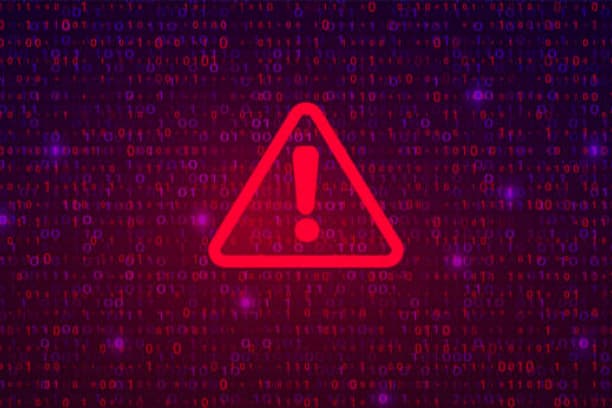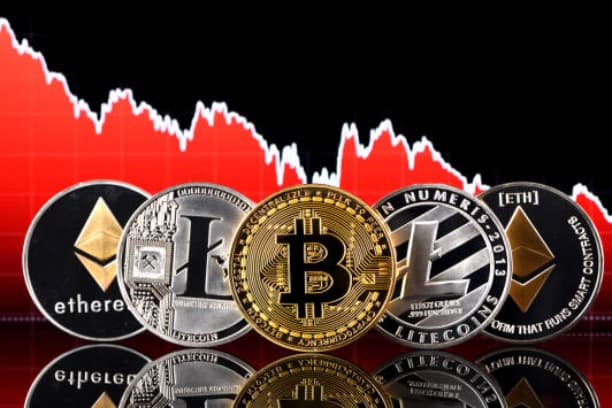Luna Coin vs. other cryptocurrencies and ratings
Hi everyone, I'm Mike, and today we're going to talk about Luna versus other cryptocurrencies! Today we're going to talk about the Luna Coin versus other cryptocurrencies, a hot topic in the cryptocurrency market right now. the Luna Coin has been a strong performer in the market, but due to the many fluctuations and market turmoil, many people are questioning its long term potential. Does Luna still have any value as an investment? What are its advantages and disadvantages compared to other popular currencies such as Bitcoin and Ether? Today, we will analyze the issue in depth and provide you with some useful rating criteria to help you make a more informed decision when choosing an investment.

**The Historical Background and Rise of the Luna Coin
Originally a native token on the Terra blockchain, Luna Coin has risen rapidly in the market with the introduction of its algorithmic stablecoin UST. Its biggest selling point was its combination of stablecoin and blockchain innovations designed to solve the problem of high volatility in cryptocurrencies.Luna Coin's price rose dramatically at one point, attracting a lot of attention from investors. Unfortunately, in May 2022, the Terra ecosystem collapsed and the price of the Luna Coin plummeted, causing many investors to lose a lot of money.
The crash revealed the risks of Luna Coin and sent market confidence in it plummeting. Compared to relatively mature cryptocurrencies such as Bitcoin or Ether, Luna is more risky and needs to be evaluated carefully.
**♪ Luna versus Bitcoin ♪
Bitcoin (BTC) is the "gold standard" of the cryptocurrency market, with more than a decade of market history and a stable market capitalization, and a high level of trust from both institutional and retail investors. In contrast, Luna Coin has a shorter history and has experienced large-scale crashes, which puts its long-term stability in question.
The supply of Bitcoin is fixed at a maximum of 21 million units, and this scarcity makes it one of the choices for preserving the value of the currency, while the Luna Coin does not have a fixed upper limit of supply, and its value fluctuates according to the market demand, making it more risky, and therefore suitable for investors with a higher risk appetite. Overall, Bitcoin has a significant advantage in terms of risk control and stability.
**Comparison of Luna and Ether
Ether (ETH) is the world's second largest cryptocurrency, which not only provides payment functions, but also serves as a foundation platform for smart contracts and decentralized applications (DApp), with a strong ecosystem and developer community. In contrast, Luna Coin's application landscape is mainly focused on the Terra blockchain and has not formed a large ecosystem like Ether.
Nevertheless, Luna Coin has its own unique value proposition. Relying on the stablecoin system in the Terra blockchain, it aims to provide a low-fluctuation payment solution, which can be advantageous in certain scenarios, especially in environments where stable payments are required. Ether, by contrast, is better suited to scenarios that require high-performance computing and decentralized applications.

**Risk Ratings and Future Outlook for the Luna Coin
Evaluating the risk of the Luna Coin begins with its market history. Although the value of the Luna Coin fell to near zero at one point after the Terra crash, the team at Luna is working hard to rebuild trust after restructuring and adjustments. Currently, Luna's market capitalization is still not comparable to that of Bitcoin or Ether, but it still retains a certain level of demand, especially in Asian markets.
In terms of risk rating, Luna is significantly riskier than Bitcoin and Ether. If you are a low-risk investor, we recommend prioritizing Bitcoin or Ether, but if you are willing to take on more risk and are optimistic about the rebuilding of Luna, then Luna may be a good choice.
**Market positioning and competitiveness of the Luna coin***
Luna's main competitors are other stablecoins and decentralized financial (DeFi) platforms. For example, stablecoins such as USDT and USDC have a much higher market share and frequency of use than Luna's UST stablecoin. Bitcoin and Ether, as mainstream cryptocurrencies, are Luna's competitors in terms of price stability and technological innovation.
Luna Coin still has some advantages in the payment field, especially in some occasions where fast settlement and low transaction fees are required. Nevertheless, more innovation and ecological expansion is needed for Luna to stand out in the competitive crypto market.
**How Cryptocurrency Investors Can Choose the Right Currency
When choosing a cryptocurrency to invest in, the most important thing is to choose the right currency according to your risk tolerance. Bitcoin and Ether are undoubtedly the best choices for stable investors. Their market capitalization is relatively large and their value has remained relatively stable after many market fluctuations.
If you are interested in emerging markets or have a high risk tolerance, you may consider a currency like Luna. However, it is important to have a detailed understanding of the currency's market trends, technical background and development potential before investing, and to maintain a flexible investment strategy.
**Common Questions Q&A**
Q1: Is there a future for the Luna coin?
A1: The future of the Luna coin depends on the rebuilding of the Terra ecosystem and its market demand. Despite the crash, Luna still has some potential, especially in the Asia-Pacific market, but there are still significant risks.
Q2: How do I start investing in Luna Currency?
A2: You can make Luna Coin purchases through mainstream cryptocurrency exchanges such as Binance and Huobi. It is recommended to pay attention to the security and transaction fees when choosing an exchange.
Q3: What is the difference between Luna and Stablecoin?
A3: The main difference between Luna Coin and Stablecoin is stability. Stablecoins are usually tied to fiat currencies and have low price volatility, whereas Luna Coins are a blockchain native token whose price is subject to market demand and supply and has higher volatility.
I hope this article will help you better understand how Luna compares to other cryptocurrencies and make better investment decisions. If you have any questions, please feel free to leave a comment or contact us!














